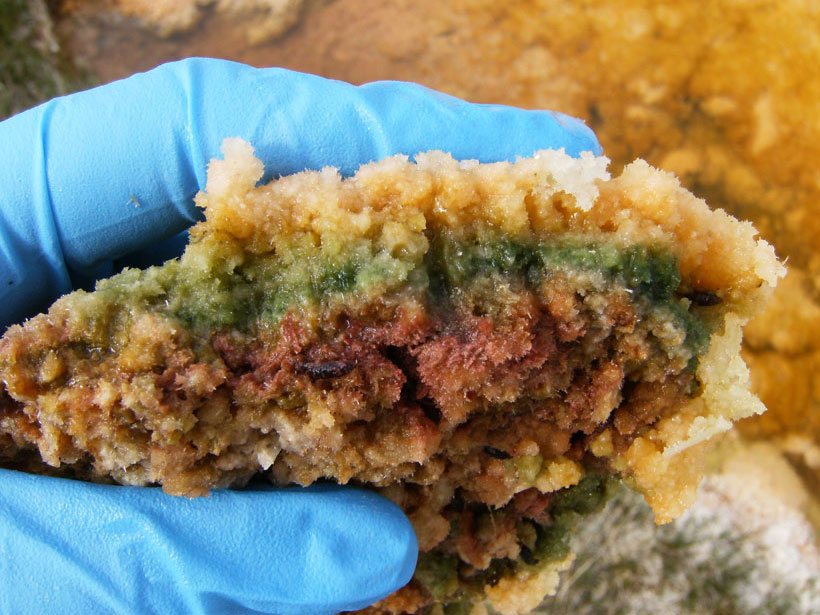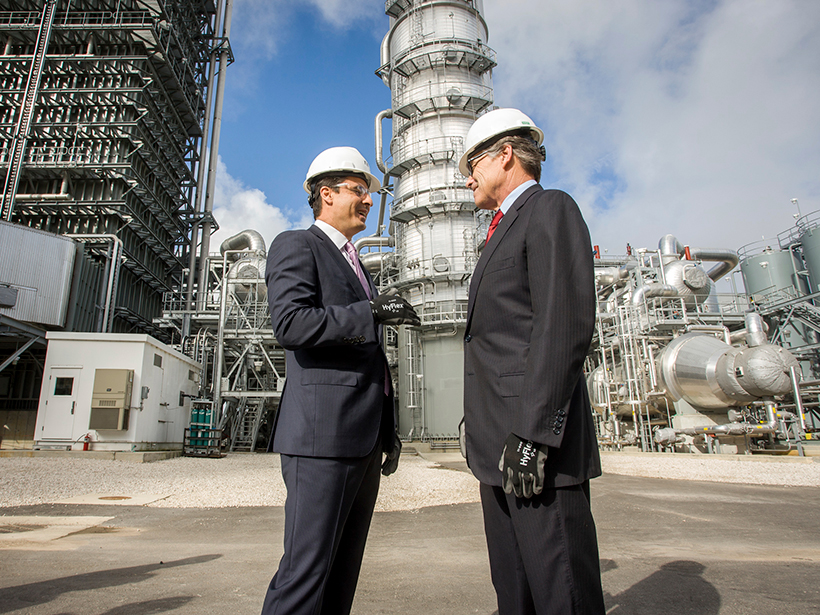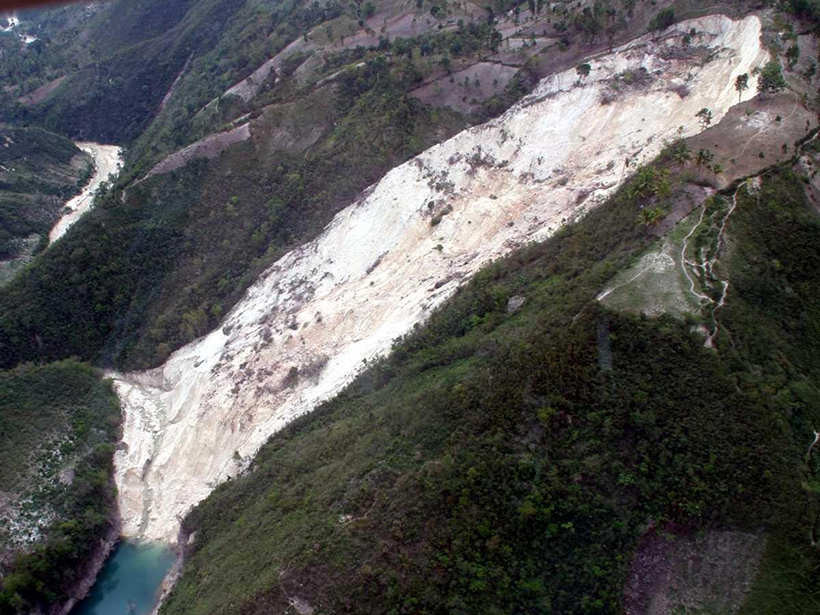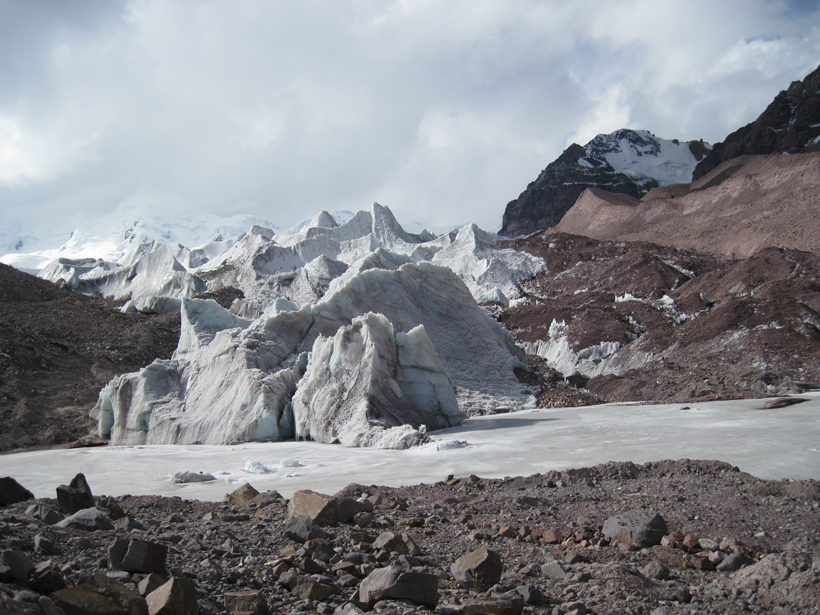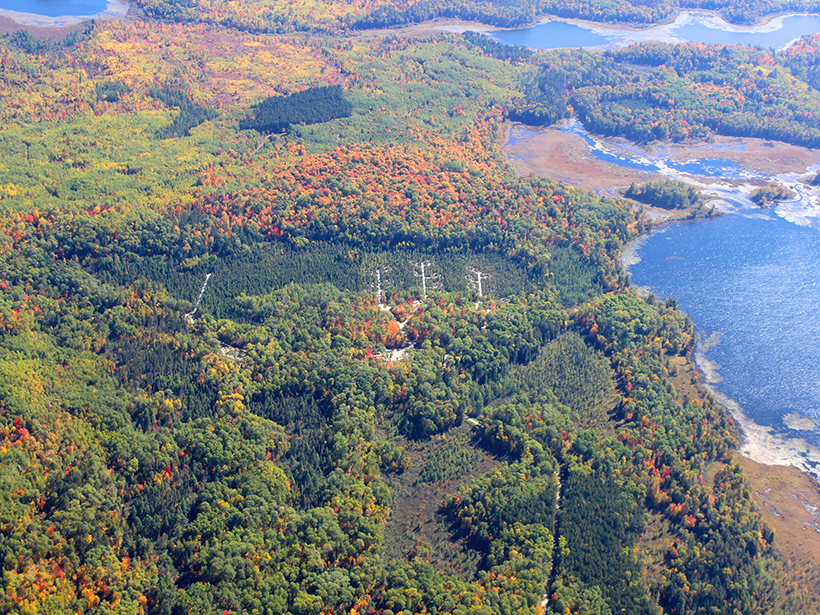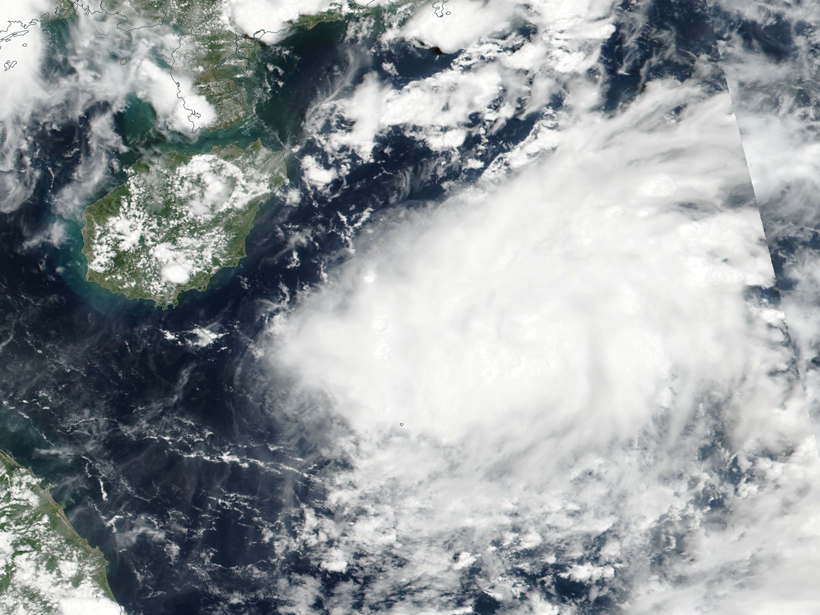Researchers have devised new methods to turn toxic asbestos mine tailings into innocuous piles of carbonate rock and draw down atmospheric carbon dioxide at the same time.
carbon capture & sequestration
Congress Considers Carbon Capture Options
Democrats and Republicans explore areas of potential agreement in combating climate change.
Landslides Send Carbon-Rich Soils into Long-Term Storage
Earthquake-triggered landslides move soils down steep slopes and deposit the sediments near rivers, sequestering the carbon contained within them for millions of years.
After a Glacier Retreats, Plants Thrive Thanks to Phosphorus
Grasses, small flowers, and mosses colonize glacial till in the Peruvian Andes when researchers apply a phosphorus fertilizer, an ecological surprise with implications for carbon sequestration.
Depth Matters in Peat Bog Nutrient Cycling
Peatlands store around a third of Earth’s soil carbon, and a new study begins to reveal how the ecosystems’ organic matter changes with depth.
Shedding Light on the Southern Ocean Carbon Sink
One of the world’s largest carbon sinks is still poorly understood.
Rising Ocean Temperatures Threaten Carbon-Storing Sea Grass
A new model predicts that as ocean temperatures rise, carbon-storing sea grass may disappear and even go extinct in some ecosystems.
A Better Way to Probe Peat
Florida scientists use ground-penetrating radar to image underground carbon stores in the Disney Wilderness Preserve.
Plumbing the Depths of the Marine Carbon Cycle
Scientists measure dissolved black carbon in South China Sea water samples to better understand the carbon cycle in the oceans, which absorb roughly half of all carbon emitted into the atmosphere.
Coastal Wetlands Effectively Sequester “Blue Carbon”
Mangrove forests, salt marshes, seagrass beds, and the like are carbon storage treasure troves.

